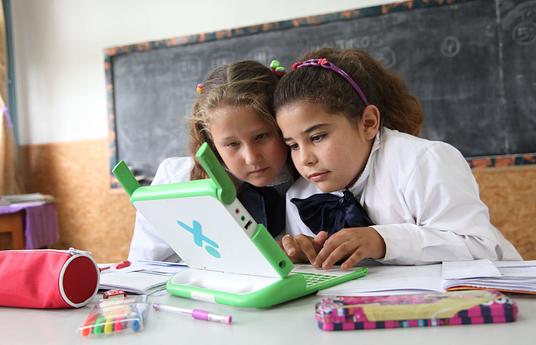What is the problem we are addressing?
Weakness and lack of applying of project learning based skills (Creative and critical thinking - problem solving - research and survey - understanding the problem and sequencing by solving it - collaborative learning remotely - advanced skills in technology) Especially at the primary level, which led to our determination to find a solution to develop the skills of our students in this important aspect of education.
What is our solution?
Apply 3 different projects with multiple skills for the sixth and fifth grade category to develop and refine the skills needed to work the STEM project (21st century skills)and how to employ the project with different materials (science, mathematics, technology, engineering and the arts) intensively suitable for the curriculum.
An overview of our impact
Project STEM is a teaching method based mainly on project-based learning, so through experience the student reaches the concept and can link the subjects to find the required outputs.
- Increasing the motivation of students to learn because it is independent based on creative thinking and problem solving.
- First, students had a problem with the way of thinking and implementation and where to start. Now the students through research and alternative plans have come up with the concepts required by independent learning and experience.
- Increasing the passion of scientific students for surveying and research and motivating them to innovate and develop aspects of knowledge.
- Opening new fields for students such as (engineering), which illustrated the skills of students in imagining and drawing and linking them with mathematics wonderfully.
Examples of implementation
- The solar planetarium model is made of recycled and easy-to-provide materials, making it easier for students to learn, understand and imagine this system (modelling).
- A model of a bee-hive made of wood and the outer layer of heat-insulating materials so that it keeps the bees for a long time.
- Design packages for food products (preserving the environment by recycling and using them at home) and other packages to save different types of food.
You can see this link for detailed information for each project.
What are our future goals?
- Work on the application of the STEM curriculum from the beginning of the year so that the student has a way of learning independently based on research and personal experience.
- Increasing the target group of students.
- Continue to apply it with education in the coming periods.
How can someone else implement it? What do they need?
- Detailed knowledge of STEM project plans already implemented.
- Testing the implementation of mini-STEM projects as an experimental start (integration of subjects).
- Helpful multidisciplinary and skilled staff.



